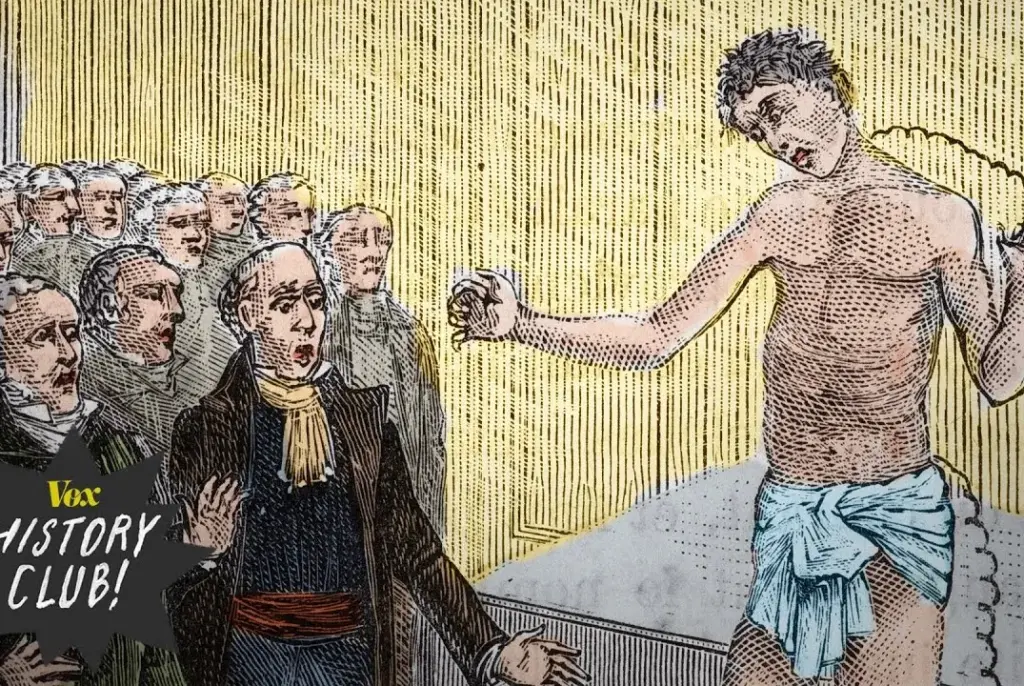
"Worried by the potential inability to distinguish between the states of life and death, two doctors, William Hawes and Thomas Cogan, set up the Royal Humane Society in London in 1774. At the time, it was actually called the Society for the Recovery of Persons Apparently Drowned, a name that would've doubled neatly as a mission statement. Falling into the rivers and canals of London was, it seems, a common occurrence in those days, and few members of the public possessed the swimming skills to save themselves."
"Thus the Society's members took it upon themselves to devise methods of reviving those 'persons apparently drowned,' whether their plunges were accidentally or deliberately taken."
Frankenstein is often seen as a classic novel reflecting timeless themes. However, its context reveals that during its publication, subjects like life and death held significant mystery. In 1774, doctors established the Royal Humane Society to address the high occurrence of drowning in London, aiming to revive those found seemingly dead. The Society's original name highlighted this mission, as drowning was common and many lacked swimming skills. Their efforts to revive the seemingly lifeless illustrate contemporary fears surrounding life and death, relevant both then and now.
Read at Open Culture
Unable to calculate read time
Collection
[
|
...
]